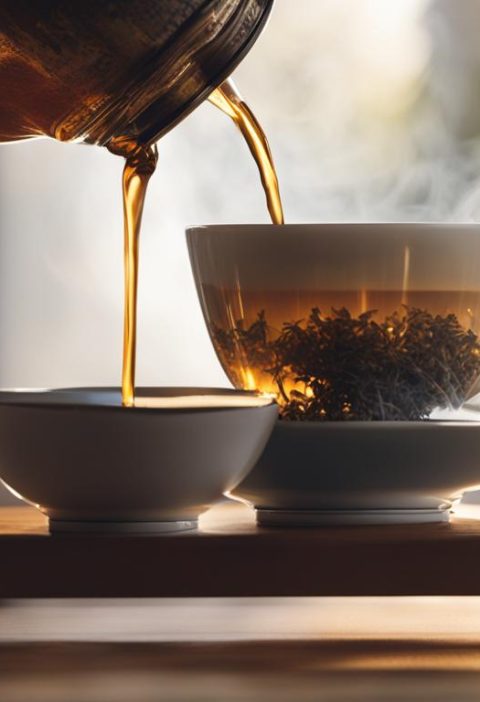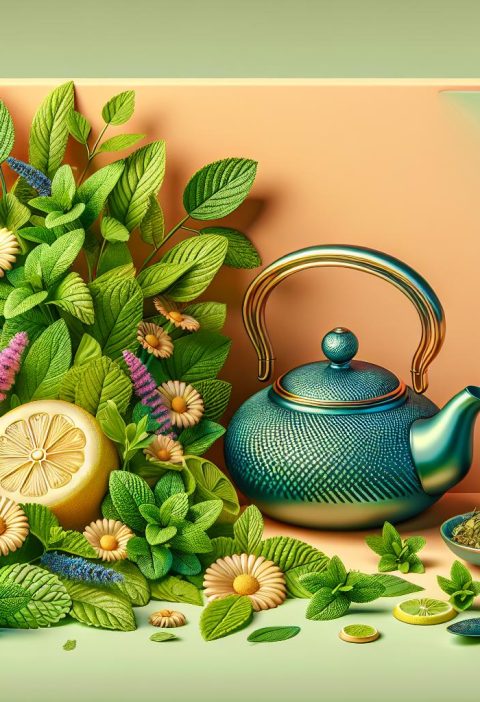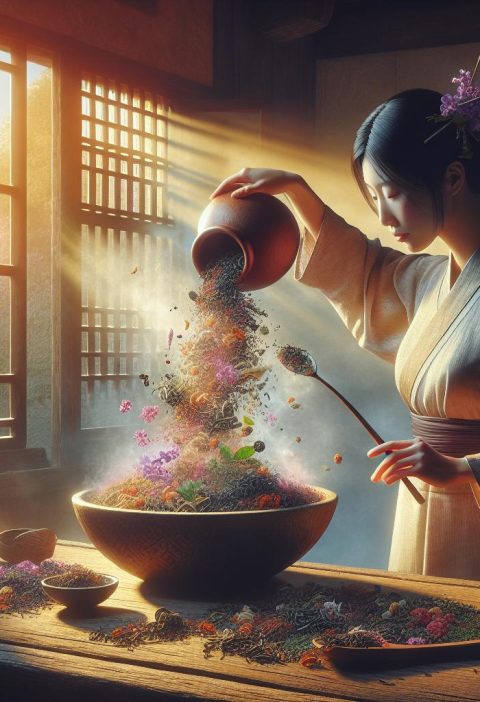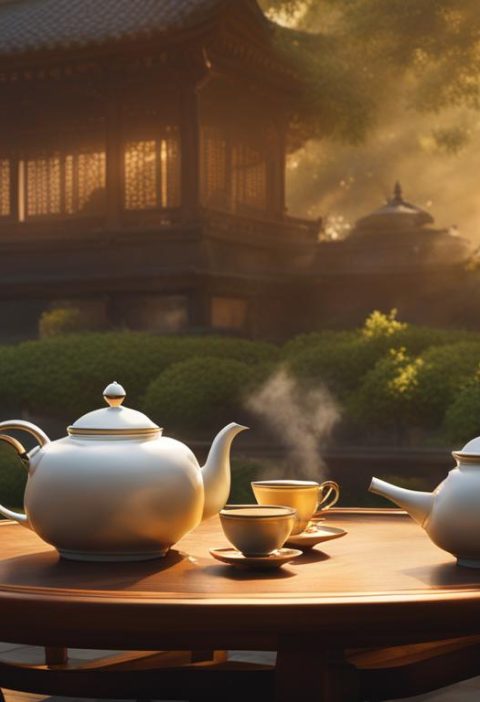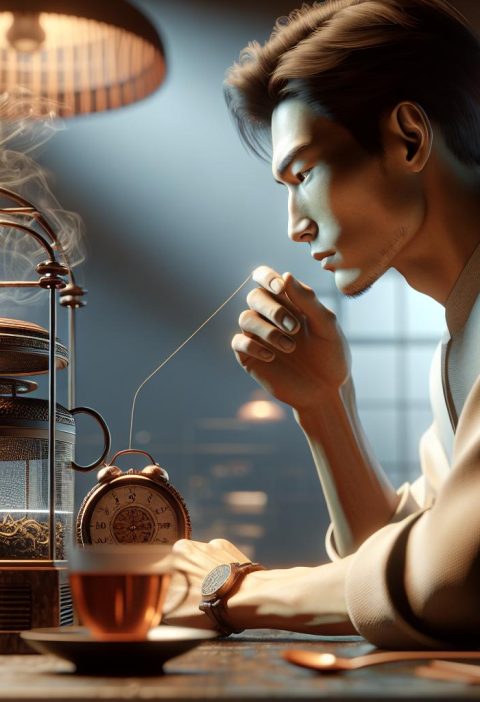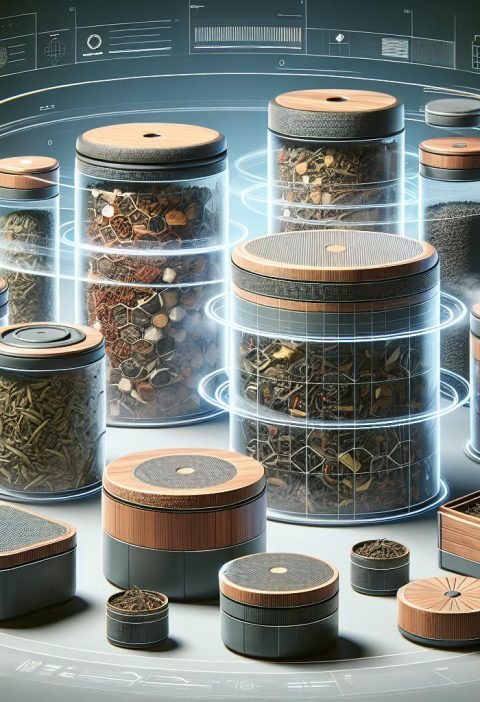Welcome to the world of advanced tea brewing techniques! As tea enthusiasts, we are always seeking new ways to elevate our tea-drinking experience. Today, we delve into the realm of advanced brewing methods that will take our tea game to the next level. From mastering the art of temperature control to experimenting with different steeping times, we are about to unlock the secrets to brewing the perfect cup of tea.
Understanding Temperature Control
When it comes to brewing the perfect cup of tea, mastering temperature control is essential. Here’s how you can optimize your tea brewing process based on your experience level:
For Beginners: Getting Started with Temperature Control
- Start by investing in a good quality kettle with temperature settings.
- Green teas generally require lower temperatures (around 160-180°F) to prevent bitterness.
- Black teas, on the other hand, benefit from hotter water (around 200-212°F) for full flavor extraction.
- Herbal teas typically do well with boiling water (212°F) for a robust brew.
For Intermediate Tea Enthusiasts: Fine-Tuning Your Brew
- Experiment with oolong teas that thrive in the 190-200°F range for a nuanced taste.
- Use a candy thermometer to check water temperature if your kettle lacks precise settings.
- White teas shine around 175-185°F, offering delicate flavors at lower temperatures.
- Consider a temperature-controlled kettle for more accurate brewing results.
- Delve into the world of pu-erh teas, which can handle boiling water or even higher temperatures.
- Japanese green teas like matcha or sencha are best brewed at lower temperatures to preserve their complex flavors.
- Invest in a thermometer to precisely measure water temperature for a sublime tea experience.
- Try cold brewing teas at room temperature or in the refrigerator for a refreshing alternative.
By understanding the nuances of temperature control, we can unlock the full potential of each tea variety and elevate our tea brewing skills to new heights.
Exploring Various Steeping Methods
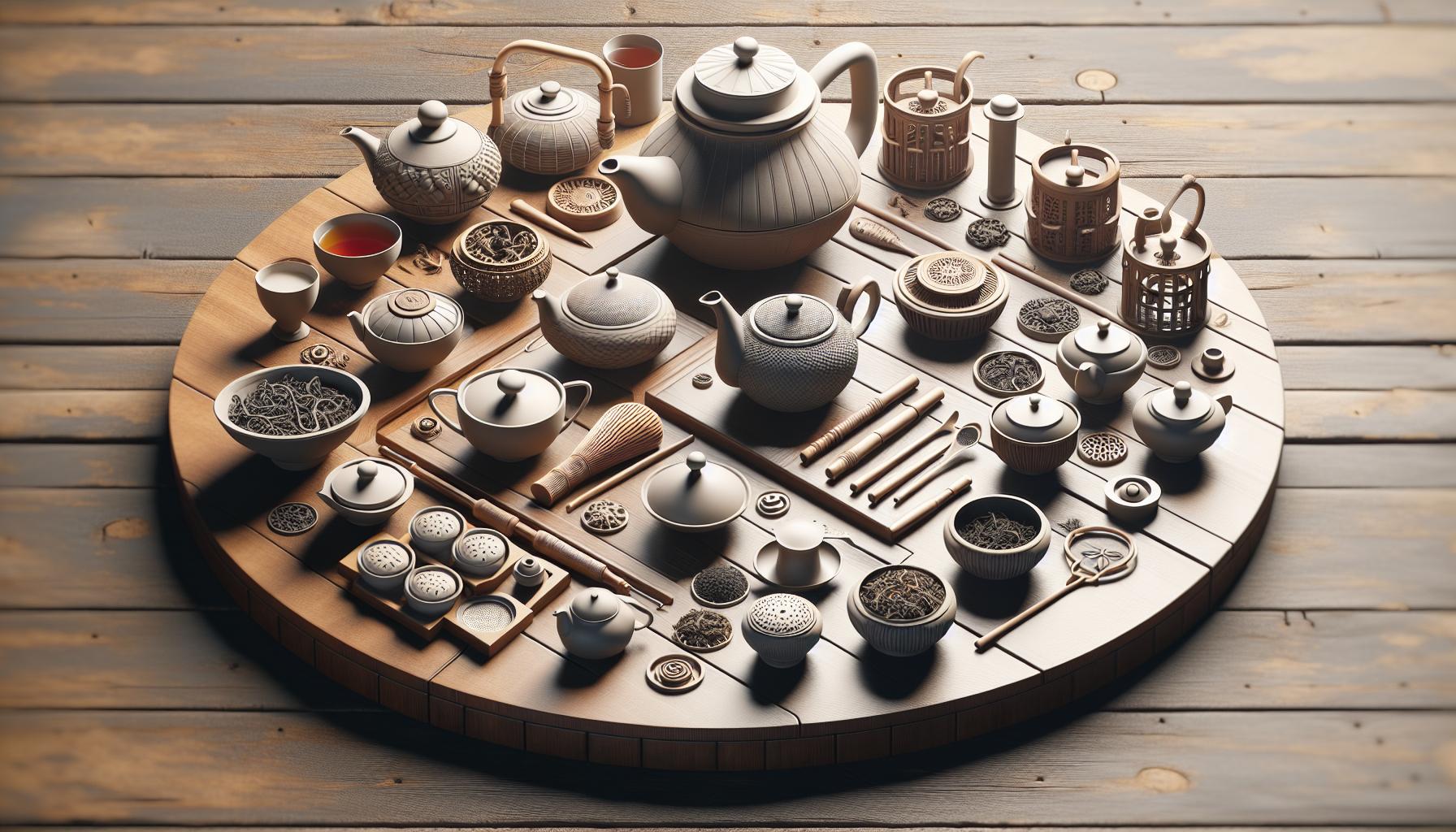
For Beginners: Steeping Basics
- Start with Loose Leaf Teas: Consider exploring loose leaf teas for a richer flavor profile.
- Simple Teapot Steeping: Use a teapot for a straightforward way to steep your tea.
- Basic Steeping Time: Follow general guidelines for steeping times based on the tea type.
For Intermediate Tea Enthusiasts: Enhancing the Experience
- Experiment with Teaware: Try different teapots or infusers to see how they affect the taste.
- Adjusting Water Temperature: Optimize flavors by steeping at the ideal temperature for your tea type.
- Multiple Infusions: Re-steep leaves to experience different flavor profiles.
- Gongfu Cha Method: Dive into the traditional Chinese method for multiple short infusions.
- Cold Brewing: Explore cold steeping to bring out unique flavors in certain teas.
- Aging Teas: Delve into the world of aged teas for deep and complex flavors.
| Important Points | Data/Statistics |
|---|---|
| Teapot Steeping | 3-5 minutes |
| Water Temperature | 175°F for green tea |
| Gongfu Cha Method | Multiple short infusions |
Next, we will delve into the art of tea blending to create unique flavor profiles and experiences.
Utilizing Different Infusers and Strainers
When it comes to tea brewing, the choice of infusers and strainers can greatly impact your tea experience. We believe that selecting the right tools is crucial for extracting the best flavors from your teas. Whether you’re a beginner, an intermediate enthusiast, or an expert in tea brewing, there are various options to explore when it comes to infusers and strainers.
For Beginners: Getting Started with Simple Infusers
- Tea Balls: Easy to use and great for loose leaf teas.
- Tea Spoons: Perfect for single servings of tea.
- Disposable Tea Filters: Convenient for on-the-go brewing.
For Intermediate Enthusiasts: Diving into Teaware
- Mesh Infusers: Allow leaves to expand fully for optimal flavor.
- Tea Strainers: Ideal for catching loose leaves in teacups.
- Tea Press: Extract maximum flavor with controlled steeping.
- Gongfu Cha Set: Enhance your brewing skills with precision.
- Yixing Clay Pots: Infuse teas with clay for unique flavors.
- Glass Teapots with Built-in Infusers: Showcase the beauty of tea leaves.
Experimenting with Tea-to-Water Ratios
When it comes to teat-to-water ratios, finding the perfect balance is crucial for enhancing the flavor profile of your brew. Whether you’re a beginner looking to dip your toes into the world of tea brewing or an expert seeking to fine-tune your technique, adjusting the teat-to-water ratio can make a significant difference in your cup.
For Beginners: Mastering the Basics
For those who are just starting their tea brewing journey, we recommend starting with a standard teat-to-water ratio to get a feel for the process. Here are some tips to help you get started:
- Use a ratio of 1 teaspoon of tea per 8 ounces of water to achieve a balanced and flavorful brew.
- Experiment with slightly adjusting the ratio to suit your taste preferences.
- Keep track of your brewing parameters to replicate successful brews in the future.
For Intermediate Enthusiasts: Enhancing Your Brew
If you’ve already mastered the basics and are looking to enhance the complexity of your teas, consider tweaking the teat-to-water ratio further. Here are some recommendations for intermediate enthusiasts:
- Try increasing the tea-to-water ratio to 1.5 teaspoons per 8 ounces of water for a stronger flavor profile.
- Explore how adjusting the ratio impacts the nuances of different tea varieties.
- Don’t be afraid to experiment with different ratios to discover unique and bold flavor combinations.
For Experts: Advanced Techniques and Precision
For seasoned tea connoisseurs seeking to elevate their brewing experience to new heights, precise control over the teat-to-water ratio is key. Here’s how you can take your brewing skills to the next level:
- Fine-tune the ratio based on the specific type of tea you’re brewing to accentuate subtle notes and aromas.
- Consider using a digital scale to measure tea and water grams accurately for consistent results.
- Embrace the art of tea brewing by experimenting with ratios that push the boundaries and challenge your palate.
Enhancing Flavor Profiles with Additives
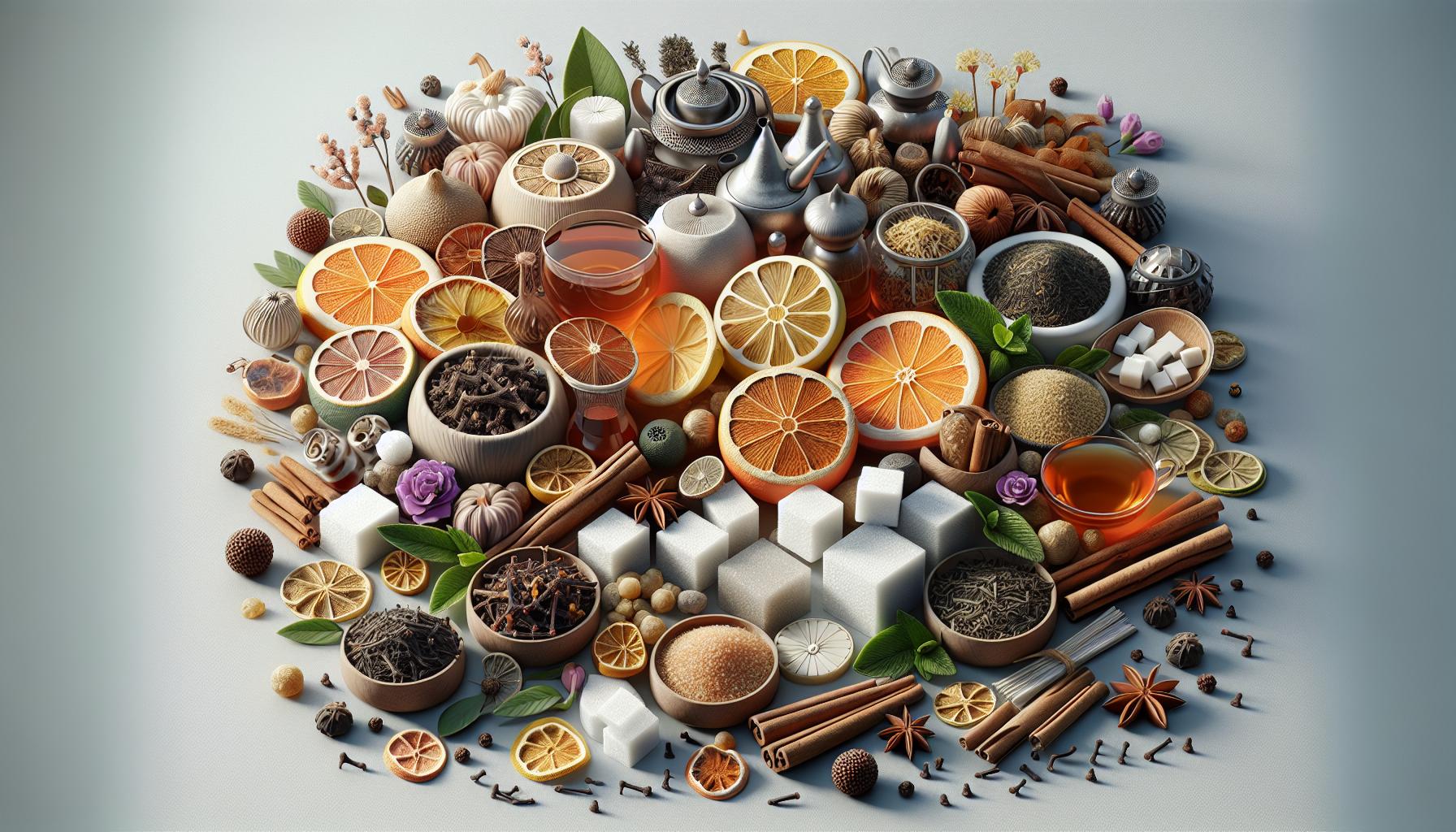
When it comes to elevating the flavor profiles of brewed tea, additives can play a crucial role in creating unique and delightful experiences. Whether you’re a beginner looking to add a twist to your cup or an expert aiming to create complex blends, incorporating additives can truly enhance your tea brewing journey. Let’s explore how different experience levels can make the most of these flavorful enhancements:
For Beginners: Adding a Dash of Creativity
- Start by experimenting with common additives like lemon slices or honey to subtly enhance the flavor of your favorite teas.
- Consider using fresh herbs such as mint or basil for a refreshing twist in herbal infusions.
- Fruit juices like orange or cranberry can add a hint of sweetness to black or green teas, perfect for beginners looking to expand their flavor horizons.
For Intermediate Enthusiasts: Delving into Diverse Options
- Explore the world of spices like cinnamon, ginger, or cardamom to add warmth and depth to your brews.
- Infuse your teas with floral notes by incorporating rose petals, lavender, or chamomile for a sophisticated touch.
- For a creamy texture, try adding a splash of coconut milk or almond milk to create luscious tea lattes with a velvety finish.
- Dive into the realm of tea pairings by matching specific teas with complementary additives like dark chocolate or aged cheeses.
- Experiment with smoked elements such as lapsang souchong tea or smoked sea salt to introduce a touch of complexity to your brews.
- Create signature blends by combining unconventional additives like cayenne pepper, turmeric, or matcha powder for a truly distinctive tea experience.
By incorporating additives into your tea brewing practice, you can unlock a world of flavors and aromas that cater to your palate preferences and creativity. Whether you’re just starting or consider yourself an expert tea enthusiast, these enhancements can transform each cup into a delightful sensory journey.
Conclusion
Incorporating additives into our tea brewing process opens up a world of possibilities for enhancing flavor profiles. From beginners to experts, there’s something for everyone to explore and experiment with. By venturing beyond traditional brewing methods and embracing unconventional additives, we can craft unique blends that cater to our individual tastes and preferences. Whether it’s a hint of cayenne pepper or a touch of matcha powder, the options are endless. Embrace the art of tea brewing with additives and let your creativity shine through in every cup. Cheers to endless brewing adventures!

